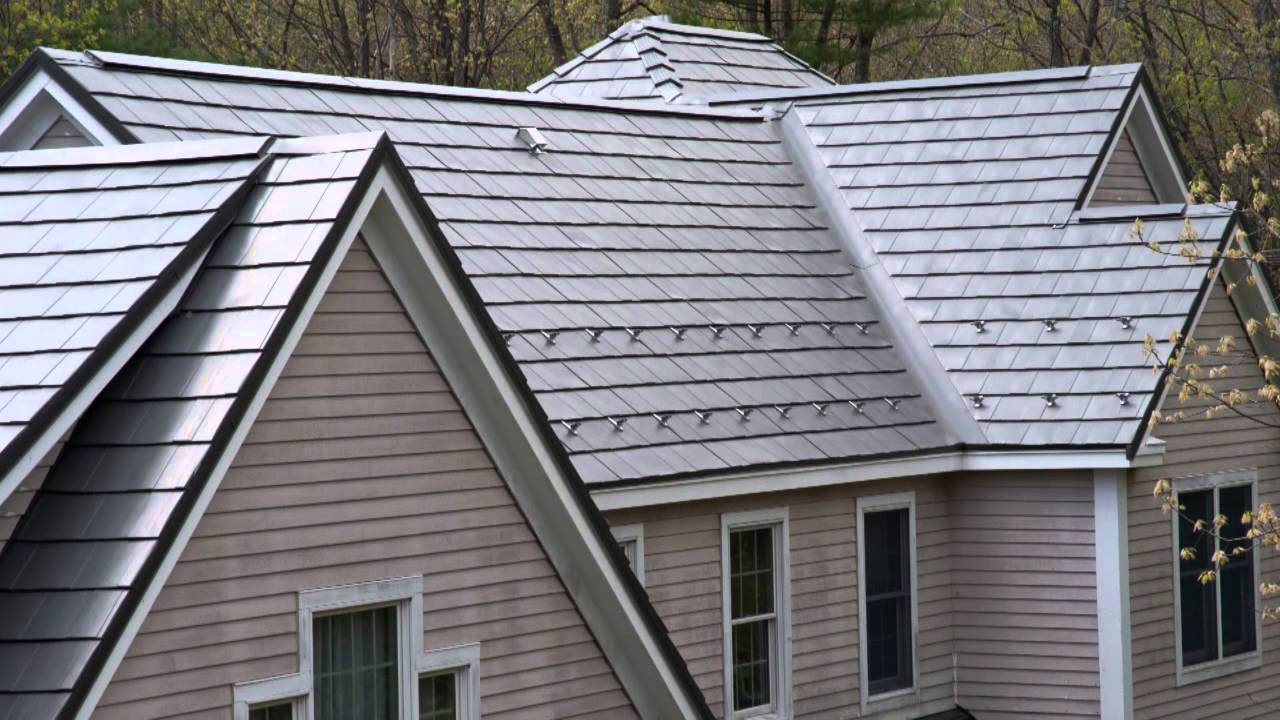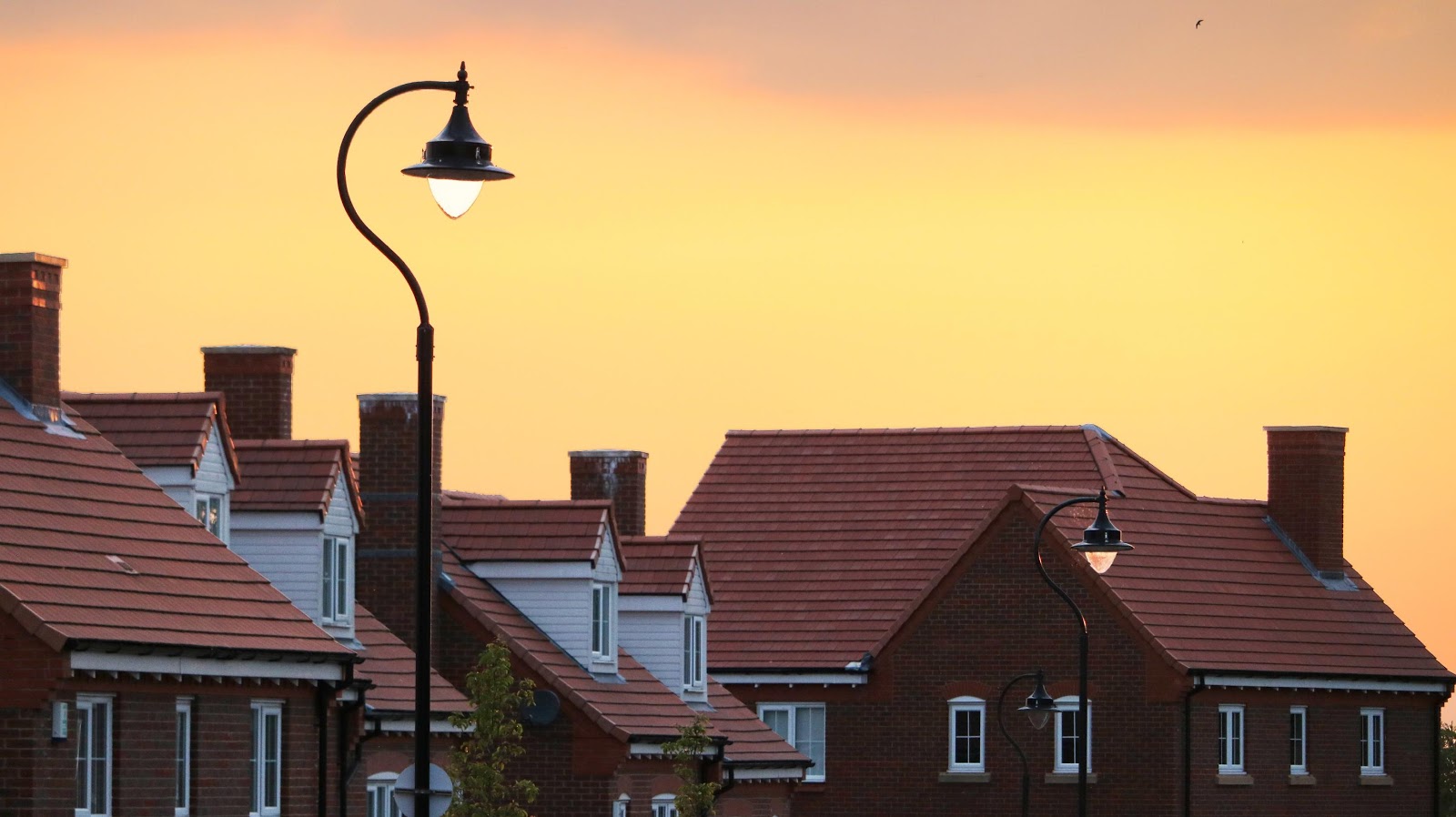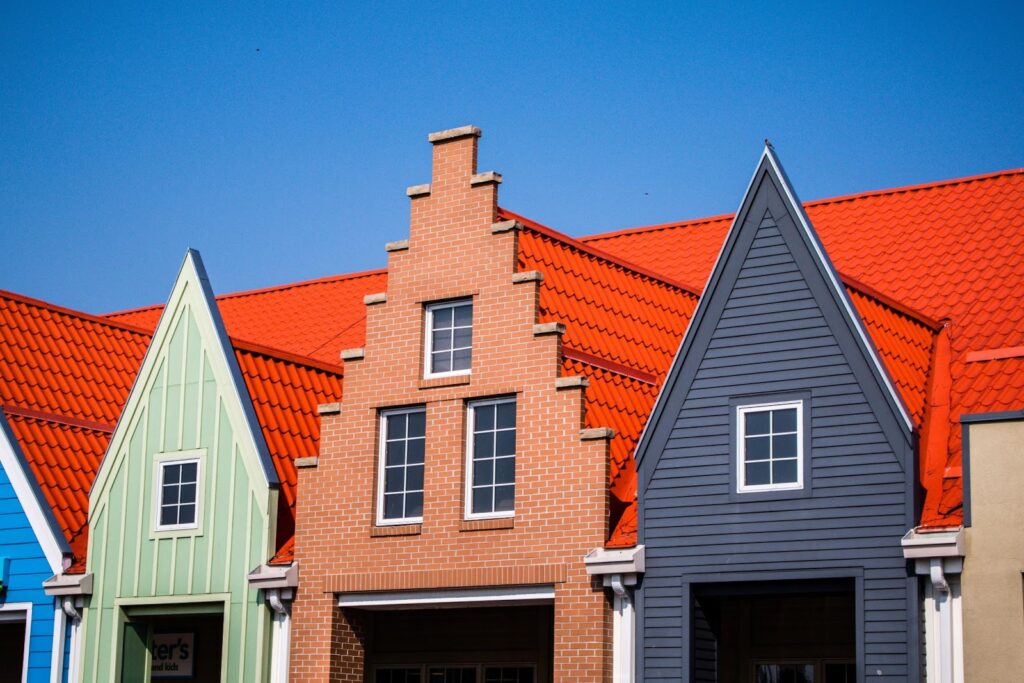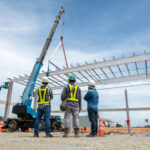When you’re upgrading your current home or building a new one, it’s key to select the type of roof your home will have. When choosing from online house plans from a reputable site like Truoba, you’ll be able to find plans that fit your design aesthetic, like country house plans and modern house plans. Then, you can select the roof type that works best for your home. If you’re on the fence between asphalt shingles and metal roofing, here are some considerations, as well as pros and cons, to think about.
Expense and Lifespan

- Metal Roofing: Expect to spend a lot more for metal roofing than you would for asphalt shingles. Metal roofs are quite pricey, clocking in at anywhere from $800 on the lower end to $1,500 on the higher end. Vertical seaming is typically a bit cheaper than stamped panel. However, while you’re spending a lot more for metal roofing, you do get a lot more in lifespan. This type of roof can last more than 50 years!
- Pro: Long life
- Con: Expensive
- Asphalt Shingles: There’s a lot less sticker shock when it comes to this type of roofing. Asphalt shingles range from $350 per square foot to $900. This is, by far, one of the cheapest options on the market for your roof. The lifespan of a roof made with these types of shingles is much less than metal roofing, however. You can expect to replace this type of roof every 15-20 years.
- Pro: Less expensive
- Con: Shorter life span
Energy Efficiency
- Metal Roofing: Because of its innate reflectivity, metal roofs typically deliver up to a 30% reduction in energy use for the home. Therefore, you’re saving money on electric bills and helping out the Earth at the same time.
- Pro: 30% reduction in energy use
- Con: Cost, once again
- Asphalt Shingles: Though not traditionally considered to be a “green” option, there have been many advancements in the creation and design of asphalt shingles that have made them eco-friendlier. Thermal emittance and solar reflectance referred to collectively as the Solar Reflectance Index (SRI) have both been vastly improved in recent years. Asphalt granules with light-reflecting pigments have raised the reflectivity of asphalt shingles considerably, leading to a reduction in energy use.
This new material and design have been dubbed “cool-roofing,” and it helps to keep the home cooler, reducing the strain that the sun’s rays can often put on cooling systems in a home or building.
- Pro: Enhanced technology has led to increased energy efficiency
- Con: Still not as green as metal roofing
Solar Compatibility

- Metal Roofing: With a long life-span of up to 50 years or even more, metal roofs can support solar panels for far longer than the span of the panels’ life. Mounting the panels can be a bit more challenging, so it’s key that this is done by a professional who uses non-penetrating seam clamps.
- Pros: Longer life than the panels
- Cons: Mounting must be done properly
- Asphalt Shingles: Asphalt shingles offer a solid base for solar panels to be mounted on, and so the two can go hand-in-hand. However, the life span of a solar panel system is generally around 25 years, longer than that of the asphalt shingles. Thus, many homeowners will find that their shingles will need to be replaced up to 10 years before their solar panels will need to be. When the panels are dismantled to upgrade the roof, their warranty sometimes becomes null and void.
Advancements in technology and integrating solar panels with asphalt shingles continue to be made, so it’s possible that these systems will soon be better integrated.
- Pros: Solar panels can be well secured to shingles
- Cons: Panels last longer than shingles
While there is no one right answer when it comes to selecting roof types, make sure to weigh the pros and cons to determine what’s best for your house plans.






